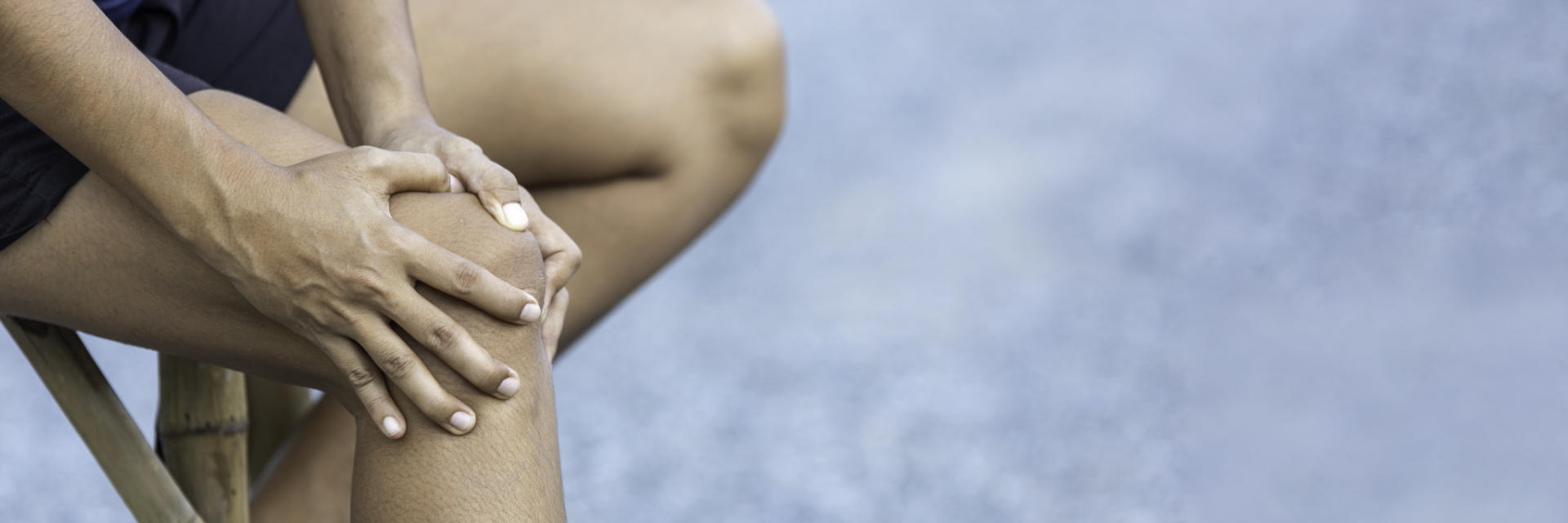Lateral Collateral Ligament (LCL) Tear Treatment
On the outside of the knee, the lateral collateral ligament, or LCL, provides support and stability to the knee joint. This ligament holds the exterior of the knee in place, connecting to the lower thigh bone (femur) and the top of the shin bone (tibia). When the knee is forced out of alignment, the LCL can stretch and tear, causing a painful knee injury. The orthopedic team at Robotic Hip and Knee Replacement LA offers lateral collateral ligament (LCL) tear treatment at our medical center in Los Angeles.
Causes and Symptoms of an LCL Tear Injury
If you watch or play sports, like football, basketball or soccer, you may have heard of an LCL tear injury. This type of severe knee sprain occurs when the knee joint is pushed outward. It can happen while running and suddenly switching direction or if there is a blow to the inside of the knee. When the knee bones are pressured outward, the LCL is stretched beyond its capacity. Partial or complete tears can impact the stability of the knee, requiring medical treatment. Symptoms of an LCL tear injury include:
- Pain on the outside of the knee
- Swelling on the outside of the knee
- Loss of knee stability – knee may buckle or feel loose
- Knee may lock or catch during movement
Partial LCL tear injuries can often be treated with conservative methods. Pain medications, ice and wearing a brace can relieve pain and allow the ligament to heal. Physical therapy may be recommended to restore strength to the knee. More severe or complete tears may require surgery to repair or reconstruct the lateral collateral ligament. If the ligament cannot be repaired, it could be reconstructed using donor tendons.
If you suffer an LCL tear injury, treatment is available at Robotic Hip and Knee Replacement LA in Los Angeles. Contact our orthopedic clinic to schedule an exam and consultation with knee specialist and orthopedic surgeon, Dr. Farzin Kabaei.
